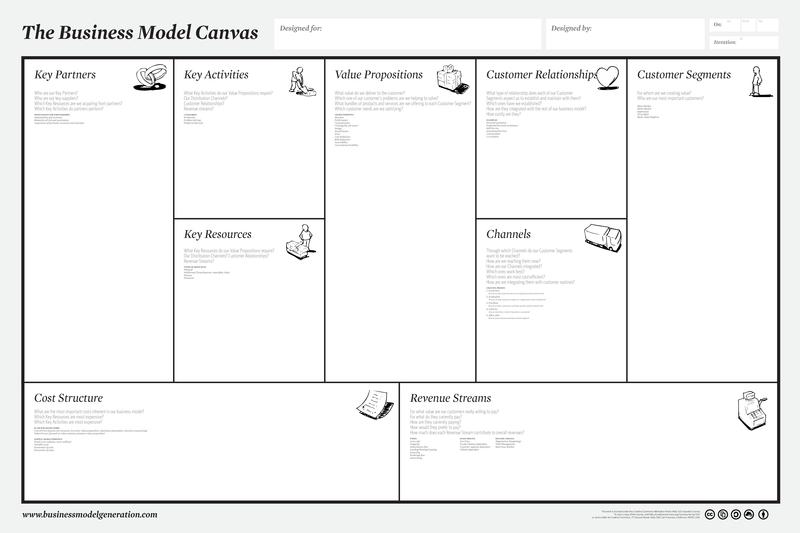
We’ve all heard the old saying, “Fail to plan, plan to fail.” However, too often – and this has happened to nearly everyone – it’s not the failure to plan, but simply being unsure of the steps involved, that can kill a dream of doing big things – including launching your nonprofit.
You can breathe a sigh of relief. There IS another way, and it’s by starting with a one-page business plan. Use it to get traction with your board and initial supporters & volunteers – then expand it only when necessary. You’ll be amazed how much support you can generate with a 1-page nonprofit business plan!
How to write a 1-Page Nonprofit Business Plan
One of the primary values we have at Yippiekiyay is to leverage the paradigm shift we’ve seen in exactly HOW innovation has accelerated in recent years. You’ve probably heard of terms – perhaps associated with concepts like “Shark Tank” and the “mainstreaming” of startup culture.
People who want to make the world a better place through the nonprofit sector – “heroes” in my book – often bristle at the idea that charities would be subject to something as Darwinian as a “Shark Tank”. But like it or not, increasing expectations around effectiveness, as well as an increasingly nimble private sector (fueled by tech innovations that force outputs to resemble desires of customers, i.e., donors) mean that those who drive nonprofits had better learn to waste less time and resources in actually making an impact. That’s why I’m sharing my take on how to write a 1-Page nonprofit business plan.
My advice? Take a hint from startups. Use this model to make a plan, then get it into the field ASAP to see if A) donors “get it” and B) you can create a story around real impact. Once you test these two things, you have the basis to scale it. But how?
Traditional Written Business Plans Make Good Compost
It used to be the norm for business plans – for profit or nonprofit – were up to 100 pages. Now, if you can’t deliver your main value proposition in a 10-second “elevator pitch”, you may never get the chance to show anyone your nonprofit business plan, regardless of lenght. You need to attract your “tribe” and repel those who will waste your time with warm-and-fuzzy sentiments and no action or money.
Enter the Business Model Canvas
Alexander Osterwalder and Eric Ries are credited with introducing the main concept of the Lean Startup (https://theleanstartup.com/), a model that puts “what the customer really wants” and the “actual use scenario” at the heart of any business venture. While I acknowledge that the idea of the “customer” is complicated by the fact that your revenue comes from other than the recipient of the value of the nonprofit’s work, I submit that much of the nonprofit sector as a whole needs to adopt this model.
The “Business Model Canvas” Approach
Osterwalder formulated a model consisting of nine core blocks, which once put together give you a high-level view of your strengths, weaknesses and how your business functions. It can be used as the basis for your startup nonprofit business plan, as well as help drive your strategy and innovation in the future. It consists of the following:
- 1Customer Segments: Who are you solving a problem for (target constituency)? And who will care about solving it (donors)?
- 2Value Proposition: What are you offering and why is it different?
- 3Channels: Look at the phases you go through in delivering your products/services. This is everything from awareness and distribution to reporting results.
- 4Customer Relationships: How are you building relationships with donors, and is it working?
- 5Revenue Streams: How will you raise support? Is it sustainable?
- 6Key Resources: What resources do you require to function? These can include intellectual, physical assets, people, and money.
- 7Key Activities: Ask yourself, “What activities do we need to execute to deliver our value?”
- 8Key Partnerships: Identify partners (today and in the future) and what role they play in reaching your desired outcome.
- 9Cost Structure: Articulate your fixed and variable costs so that you can see where you can be more efficient and “lean”.
You can download your free template here and start building your plan. then “get out of the building” and get some input.
Set a time limit of, say, 90 minutes, print this PDF, then answer the questions and run it by your board or a trusted adviser to make sure your assumptions hold up. Then, put on your cape and get out in the world to make it a reality!
If you need help, we offer various nonprofit support packages, nonprofit maintenance packages, and even help in filing your nonprofit tax return. We can do it all.


